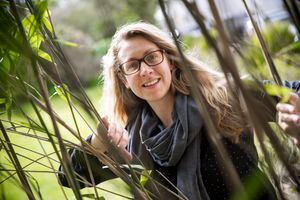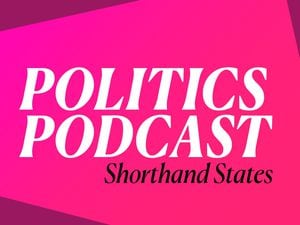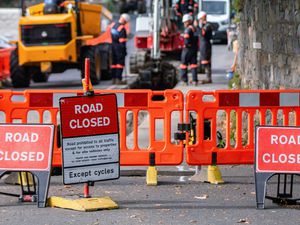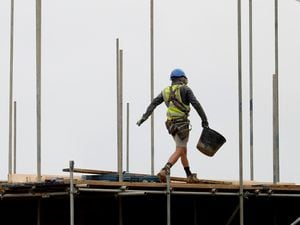Alarming habitat survey ‘should be a wake-up call’
ONE OF Guernsey’s most biodiverse habitats is now extinct, an alarming survey has found.

In the Habitat Survey Report for 2018, unimproved grassland is now completely absent.
Biodiversity education officer Julia Henney described the report as stark, concerning and alarming.
‘For some habitats, new conservation measures cannot come soon enough,’ she said.
‘With 90% of our species-rich dry grasslands having disappeared, we are on the brink of losing it from our island and potentially the species it supports.’
In the previous survey from 2010, a total of 2.05 hectares of unimproved grassland was identified across the island.
This represents prehistoric grasslands and much of the agricultural land on Guernsey before fertilisers were used.
‘Unimproved grassland is about the diversity of plants, indicative of the insects and birds and small mammals that they support,’ said Miss Henney.
This grassland type would have dominated Guernsey’s landscape for hundreds of years and would have been managed by annual hay cutting or have been grazed by cow herds.
Semi-improved grassland, which supports a mix of floral and grassland species, has also decreased by 90% since 1999.
Miss Henney said the results were stark and concerning.
‘The decline in natural habitats is likely to indicate an associated decline in Guernsey’s biodiversity,’ she said.
‘Many of the losses identified are due to changes in land management, which illustrates that our natural land does need managing – simply designating nature reserves is not enough.’
She hoped the results of this report would be the wake-up call the island needs to turn the tide on the decline of important island habitats.
‘I hope that these alarming results can mark a turning point, at which we see an increased investment in nature conservation and the introduction of policies and strategies which focus on protecting our natural world.’
The report said decline in unimproved and semi-improved grassland was due to lack of balanced management where areas have either been abandoned and succeeded to scrub [dominated by shrubs] or managed too intensively and converted to ‘improved grassland’ types.
Miss Henney said it is possible for unimproved grassland to return, but only if it was allowed to happen.
‘New conservation strategies and changes in grassland management will be required to protect remaining rich grasslands and restore those already damaged,’ she said.
Dense scrub habitat increased from 319 hectares in 2010 to 385 hectares in 2018. Often this habitat takes over from others that support more wildlife and so species previously in that area may no longer be supported.
The report advised that scrub be cleared and additional management initiatives implemented.
Woodland has also increased from 380 hectares 10 years ago to 498 hectares last year.
Although this is partly positive, and an increase in woodland means more carbon storage, loss of biodiversity may have occurred where woodland has developed from species-rich unimproved or semi-improved grasslands.
The survey of Guernsey, Lihou, Herm and Jethou was conducted in spring and summer of last year in compliance with the States of Guernsey Biodiversity Strategy and on behalf of the States’ Agriculture, Countryside and Land Management services.
It aimed to establish changes in habitat since the surveys of 1999 and 2010.
. The survey report can be found at www.gov.gg/habitatsurvey and a digital map will be available by the end of October at www.digimap.gg/environmental.





